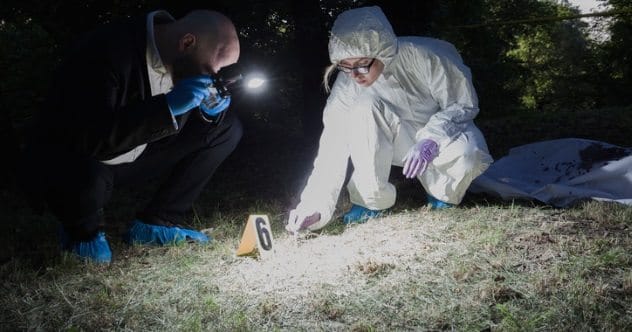For police, prosecuting attorneys, criminologists, and forensic scientists alike, emerging technologies are set to revolutionize forensic science. These innovations promise to make the capture and conviction of criminals more efficient, aiding investigations into missing persons, cold cases, sexual assaults, and murders.
While concerns about personal privacy have sparked debate, the benefits of these ten cutting-edge innovations for authorities, victims, families, and society are undeniable.
Facial Recognition Algorithm
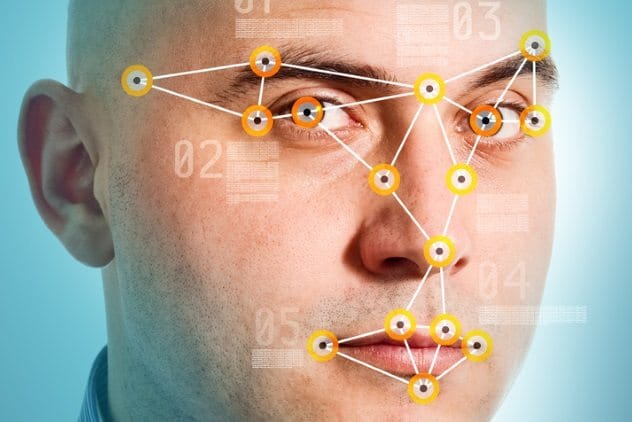
Smartphones equipped with facial recognition can identify individuals in ideal conditions. However, real-world scenarios often lack perfect conditions. Faces change, and disguises can impede recognition. While videos should improve identification through multiple images, the Boston Marathon bombing case demonstrated the technology’s limitations.
Animetrics offers a solution with software that converts 2-D images into simulated 3-D models in about a second, allowing users to adjust a suspect’s attitude or position. These headshots can be analyzed by facial recognition algorithms and matched against millions of faces. While smartphone algorithms are less effective, future cloud computing could enhance their capabilities, putting instantaneous identification in the hands of police officers. [1]
Fingerprint Analysis
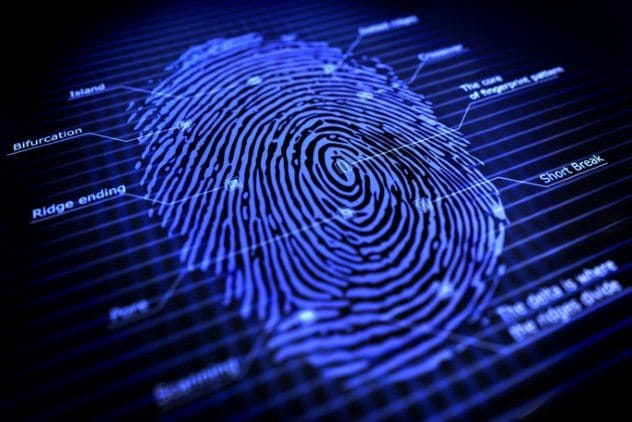
Computers expedite fingerprint database searches, but analysts make the final match judgment. If a matching print isn’t in the database, no match can be made, regardless of the quality. However, even unmatched fingerprints can hold evidentiary value.
Annemieke van Dam notes that fingerprints contain proteins and fats from our skin, revealing information about a person’s diet. Future analysis may determine if someone is a meat-eater or vegetarian. Fingerprints can also indicate if a suspect handled a condom and its brand. Moreover, fingerprint DNA could develop a suspect’s genetic profile, offering insights into their physical appearance. [2]
Hair And Eye Color Prediction
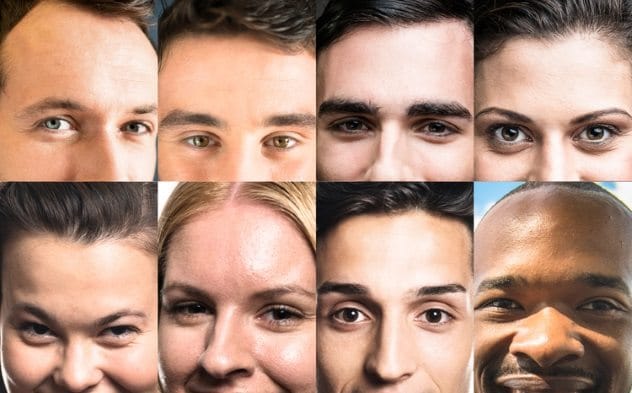
Phenotyping allows investigators to predict a suspect’s hair and eye color, reducing reliance on existing DNA profiles. The HIrisPlex system uses 24 DNA variants and six genetic markers to predict hair color with high accuracy: blonde (69.5%), brown (78.5%), red (80%), and black (87.5%).
The system can also differentiate between brown-eyed, black-haired individuals of European and non-European descent in 86% of cases. Geographic ancestry doesn’t affect the results. Although not widely used yet, this tool will likely become essential in forensic investigations. [3]
Microbiomic Identification
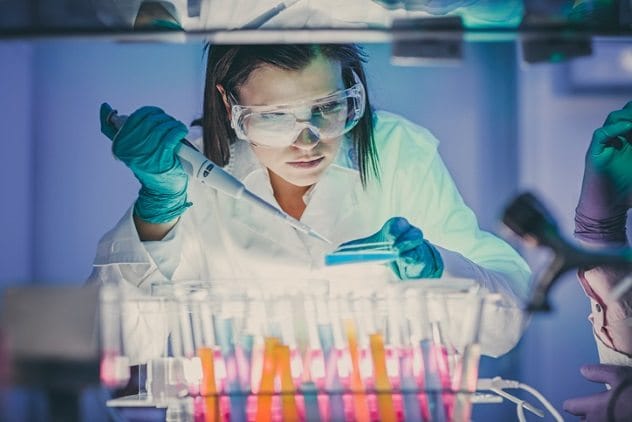
Microscopic organisms on our skin and hair, known as microbiomes, may soon help police catch criminals. Each person’s microbiome is unique and stable over time, except after sexual activity.
Pubic hair from sexual assault suspects may not contain the suspect’s DNA, but the microbiomes can help convict them. Microbial DNA differs between males and females, and the unique communities can identify a perpetrator. After sex, microbiomes transfer from one party to the other, indicating a sexual act. While this technology needs more validation, scientists foresee its routine use in sexual assault cases. [4]
Tattoo Matching

Poor-quality tattoo images and keyword overreliance have hindered investigations. TattooID, a new computer program, improves this by identifying key points between database images and surveillance footage or police photos.
Similar to fingerprint matching, TattooID compares tattoo images to determine matches efficiently. The program can also identify specific gang members who often share common tattoos. [5]
Morphometrics

Morphometrics, the measurement of body shapes, may soon identify the skeletal remains of missing children. Scientists have found that children’s faces attain adult shapes earlier than previously thought.
Skull shapes differentiate geographical population groups. Anthropologists can now apply this to younger individuals. Dr. Ann Ross determined the Mesoamerican origin of a ten-year-old’s remains, enabling facial reconstruction. Previously, identification was limited to individuals 18 or older. [6]
Virtual Autopsy
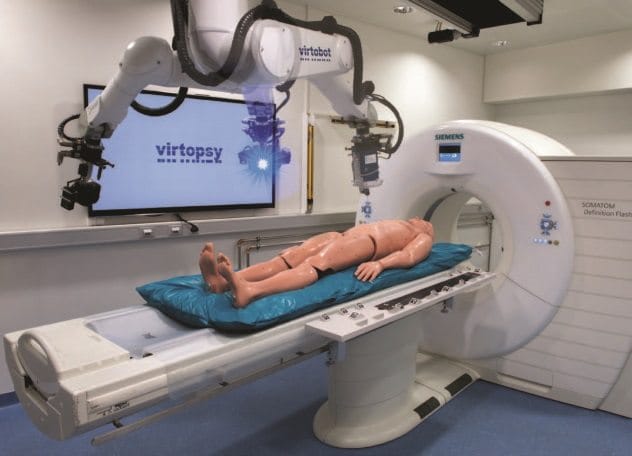
Families sometimes oppose autopsies for religious or personal reasons, even when valuable information is needed. Virtual autopsies offer a noninvasive alternative, preserving the body and forensic evidence.
Virtual autopsies use 3-D models, and computer data provides immediate second opinions. While currently expensive, costs should decrease with wider adoption. Virtual autopsies are always available once performed. In bite mark cases, 3-D images can be compared to dental records. Dr. Michael J. Thali predicts that imaging will become the gold standard in forensic evidence examination. [7]
Pollen Biomarkers

Palynology, the study of pollen, is a growing field in forensic science. Pollen exists wherever flowering plants are found and blossoms at various times, creating specific signatures for times and places.
New pollen identification techniques will solve previously unsolvable crimes. Pollen has helped determine the original death location for bodies in Bosnia and link a robber to his crime in New Zealand. It may be useful in missing persons cases and charting criminals’ travel history. The procedure is limited by few palynologists and numerous flower species. DNA barcoding and sequencing can increase identification accuracy, making pollen biomarkers widely used in the future. [8]
Vehicle Systems Forensics
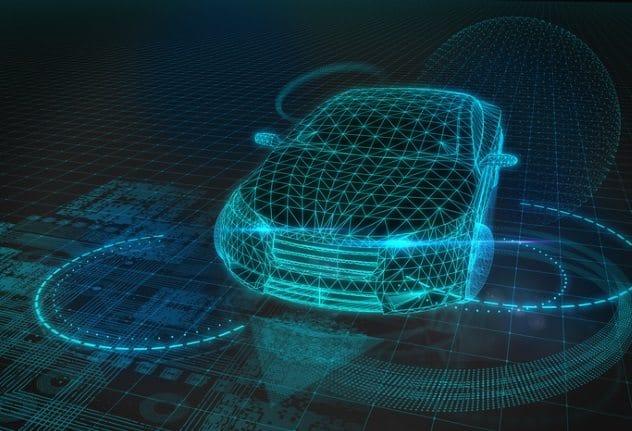
A vehicle’s infotainment and telematic systems offer potential forensic evidence. The infotainment system connects smartphones via Bluetooth or plays music. The telematic system interacts with websites.
Cars retain data from connected smartphones, including calls, contacts, and SMS messages. File names, timestamps, and metadata are also collected, even if access is denied. Nearly 70 interconnected electronic control units (ECUs) collect data on door openings, airbags, seat belts, and taillights, making vehicles susceptible to remote control. All this provides valuable forensic evidence, indicating travel locations, communications, and vehicle operation. Suspects’ vehicles could even be remotely controlled by police. [9]
Portable Police Labs

Forensic scientist Peter Massey envisions bringing the laboratory to the crime scene. Portable forensic labs negate the need for distant facilities, providing immediate test results.
Raman spectroscopy allows field investigators to identify explosives without destroying evidence. Fourier Transform Infrared (FTIR) spectroscopy identifies drugs quickly without cumbersome materials. Handheld electronic sniffers may replace drug-detecting canine units, and flashlight detectors may replace breathalyzers. Near-infrared light scanners image veins to identify suspects. Portable labs can transmit facial recognition and fingerprint data to government databases. These technologies are already used by the FBI and in several states, with increasing adoption expected. [10]
The future of forensic science promises more efficient and accurate crime investigation through these cutting-edge innovations, bringing justice closer to reality.
What do you think about these forensic innovations? Leave your comment below!


